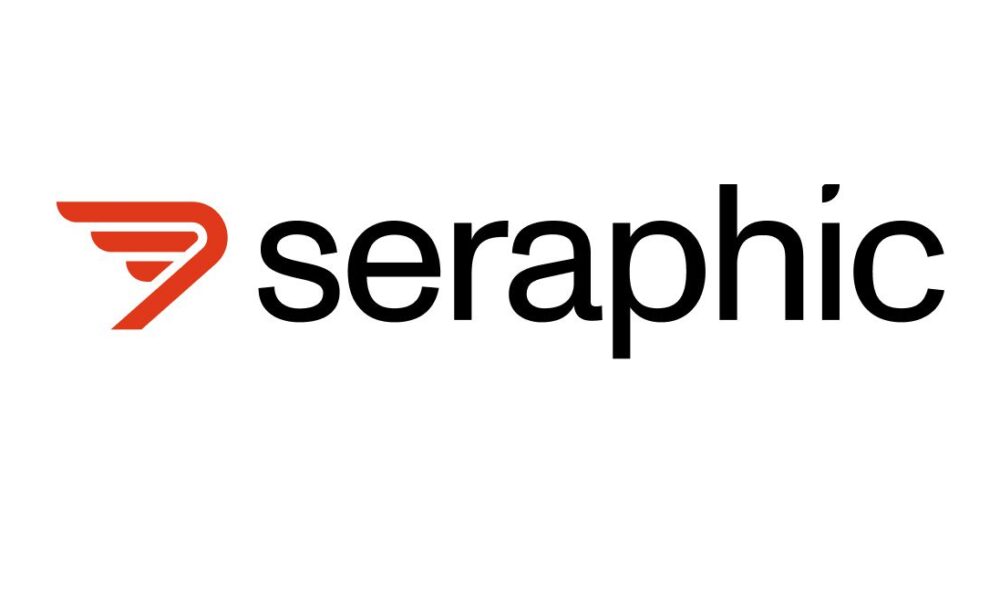Are you struggling to get your eCommerce product pages to rank higher in search results? In this article, you’ll discover five powerful tips to optimize your eCommerce listings for better search engine rankings. By applying these techniques, you’ll be well on your way to attracting more potential customers and increasing your online sales.
Optimize Product Title Tags
Your product title tags are prime real estate for SEO. A Leading ecommerce marketing firm recommends crafting compelling titles incorporating relevant keywords and enticing clicks. Here’s how to optimize them:
Prioritize Important Information
Front-load your title tags with the most crucial details. Start with your brand name, the product name, and distinguishing features. For example: “BrandX Ergonomic Office Chair with Lumbar Support.”
Keep It Concise
Aim for title tags between 50 and 60 characters to ensure they display fully in search results. Longer titles may be cut off, potentially losing valuable information.
Use Power Words
Incorporate action-oriented or emotion-evoking words to make your titles more clickable. Words like “exclusive,” “limited edition,” or “best-selling” can increase click-through rates.
Maintain Consistency
Develop a consistent format for your title tags across your product pages. This will help create a cohesive brand experience and make it easier for search engines to understand your site structure.
Write Optimized Product Descriptions
When optimizing your product pages, create unique, informative, and keyword-rich descriptions highlighting your product’s key features and benefits.
Start by researching relevant keywords for each product. Include these naturally throughout your description, especially in the first paragraph. Remember to use long-tail keywords and variations to capture different search intents.
Highlight Unique Selling Points
Showcase what makes your product stand out from the competition. Whether it’s superior quality, innovative features, or excellent value, emphasize these aspects to attract search engines and potential customers.
Optimize for Readability
Break up your descriptions into short paragraphs or bullet points for easy scanning. Use headers, bold text, and other formatting options to highlight key information. As any ecommerce marketing agency will tell you, a well-structured description improves user experience and can boost your search rankings.
Add Relevant Images and Videos
We can’t stress enough the importance of visual content on your product pages. Adding high-quality images and videos enhances user experience and boosts SEO efforts.
Showcase Your Products
Use professional, high-resolution images that display your products from multiple angles. This helps potential customers better understand what they’re buying, reducing uncertainty and increasing conversion rates. Remember to optimize your image file names and alt text with relevant keywords.
User-Generated Content
Encourage customers to share photos or videos of themselves using your products. This provides social proof and adds fresh, relevant content to your pages. User-generated content can improve your SEO by increasing the diversity of keywords naturally associated with your products.
Include Targeted Keywords Naturally
Incorporating targeted keywords into your product pages is crucial for SEO success. However, it’s essential to do this in a way that feels natural and enhances the user experience.
Start by conducting thorough keyword research specific to your product and industry. Use tools like Google Keyword Planner or SEMrush to identify high-volume, low-competition keywords your target audience is searching for. Focus on long-tail keywords that are more specific to your products and have less competition.
Leverage Schema Markup
Schema markup is a powerful tool every leading ecommerce marketing firm should use to boost product page visibility. By implementing structured data, you’re providing search engines with a roadmap of your page’s content, making it easier for them to understand and index your products.
What is Schema Markup?
Schema markup is a specific code you add to your website’s HTML to improve how search engines read and represent your page in search results. For ecommerce sites, product schema is particularly crucial. It allows you to provide detailed information about your products, including price, availability, and customer ratings.
Benefits for Your eCommerce Site
Implementing schema markup can significantly enhance your search engine results page (SERP) appearance. Rich snippets, which display additional information like star ratings or price, can make your listings stand out and potentially increase click-through rates.
Final Thoughts
These five proven SEO tips can significantly boost your eCommerce product pages’ rankings and visibility. These strategies will help search engines better understand and rank your pages and enhance the user experience for your potential customers. As you consistently apply these techniques across your product catalog, you’ll likely see improvements in organic traffic, engagement, and conversions. Stay committed to ongoing optimization, and watch your eCommerce success grow.



































